Home>Furniture & Design>Bathroom Accessories>How Long Does Dna Stay On A Toothbrush
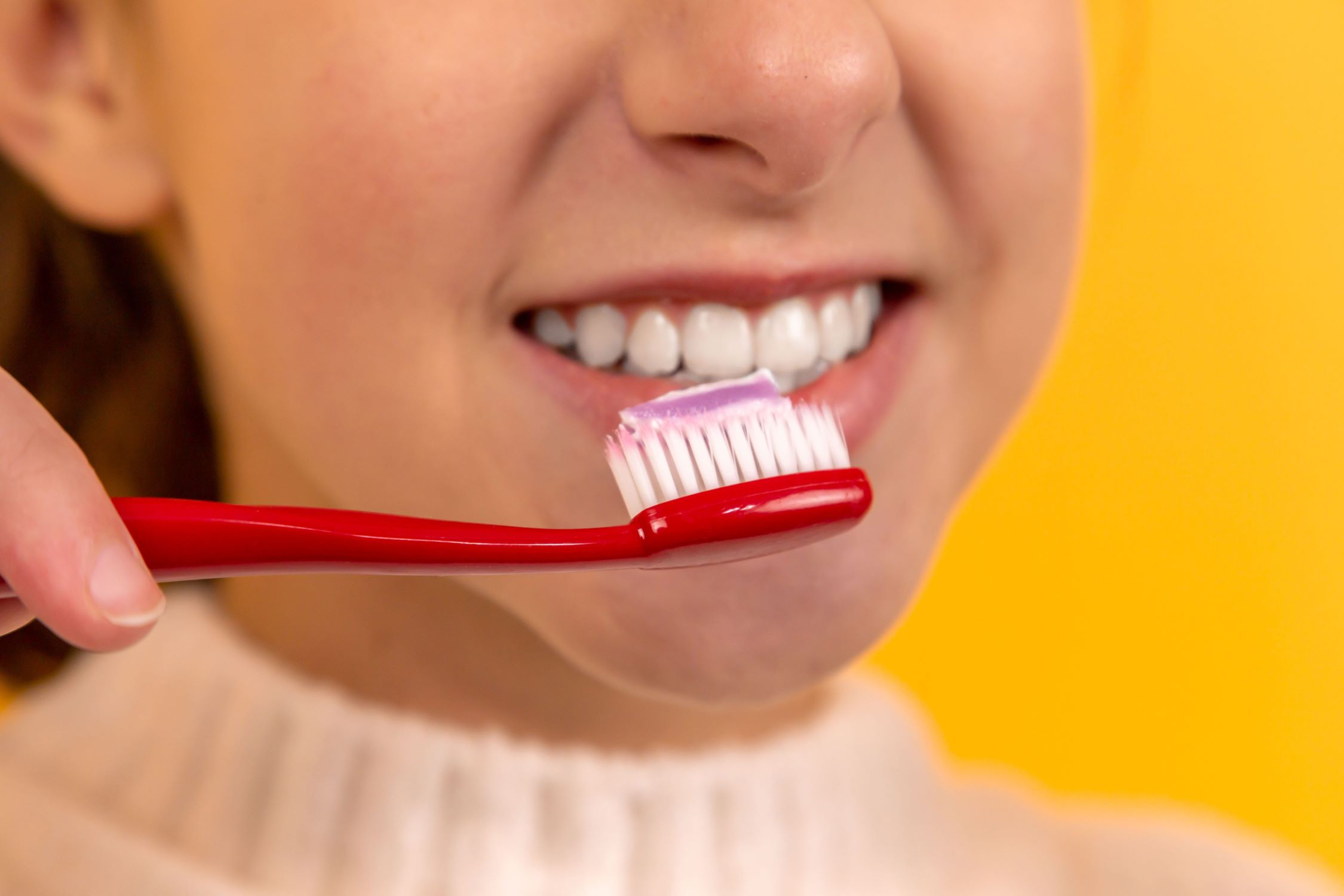

Bathroom Accessories
How Long Does Dna Stay On A Toothbrush
Modified: April 22, 2024
Discover how long DNA can stay on a toothbrush and the importance of proper bathroom accessories for hygiene. Learn more about maintaining a clean and healthy environment.
(Many of the links in this article redirect to a specific reviewed product. Your purchase of these products through affiliate links helps to generate commission for Storables.com, at no extra cost. Learn more)
Introduction
The humble toothbrush, a daily essential in our lives, plays a crucial role in maintaining oral hygiene. However, beyond its primary function, the toothbrush can also harbor DNA, raising intriguing questions about its potential forensic significance. Understanding the persistence of DNA on a toothbrush and the methods for its removal is not only fascinating but also holds practical implications in various scenarios.
The presence of DNA on a toothbrush can be attributed to the routine act of brushing, during which saliva, blood, or other biological materials may be transferred to the bristles. This transfer of DNA onto the toothbrush creates an intriguing timeline for forensic investigation and personal privacy. Whether it's a matter of personal hygiene or a potential forensic inquiry, the longevity of DNA on a toothbrush is a topic of interest and relevance.
In this article, we will delve into the factors influencing the persistence of DNA on a toothbrush, explore the methods for removing DNA from this everyday item, and consider the forensic implications of DNA found on a toothbrush. By shedding light on these aspects, we aim to provide a comprehensive understanding of the intriguing intersection between oral hygiene and forensic science.
Key Takeaways:
- DNA can stay on a toothbrush for a long time due to factors like saliva, cleaning frequency, and bristle type. Understanding these factors helps maintain personal hygiene and aids forensic investigations.
- Methods like thorough cleaning, boiling water, UV sterilization, and bristle replacement can remove DNA from a toothbrush. This helps uphold hygiene standards and addresses potential forensic implications.
Read more: How Long Does A Toothbrush Last
Factors Affecting DNA Persistence on a Toothbrush
The persistence of DNA on a toothbrush is influenced by various factors, shedding light on the intriguing interplay between biological materials and environmental conditions. Understanding these factors is essential in comprehending the potential longevity of DNA on a toothbrush and its implications in different contexts.
-
Type of Biological Material: The type of biological material present on the toothbrush significantly impacts the persistence of DNA. For instance, saliva, which is commonly found on toothbrushes, contains a high concentration of DNA. Saliva can remain viable for extended periods, thereby prolonging the presence of DNA on the bristles. In contrast, blood or other bodily fluids may exhibit varying degrees of DNA persistence based on factors such as clotting and exposure to external elements.
-
Environmental Factors: The environment in which the toothbrush is stored plays a crucial role in DNA persistence. Factors such as temperature, humidity, and exposure to light can influence the degradation of DNA. For instance, a toothbrush stored in a dry environment with minimal exposure to light may preserve DNA for a longer duration compared to a toothbrush exposed to high humidity and fluctuating temperatures.
-
Frequency of Use and Cleaning: The frequency of toothbrush usage and the effectiveness of cleaning procedures also impact DNA persistence. A regularly used toothbrush may accumulate a higher concentration of biological materials, potentially extending the presence of DNA. Additionally, inadequate cleaning methods may leave residual DNA on the bristles, contributing to its persistence over time.
-
Type of Toothbrush Bristles: The composition and texture of toothbrush bristles can influence the retention of DNA. Certain bristle materials and designs may provide an environment conducive to DNA adherence and protection from external elements, thereby prolonging its persistence.
-
Individual Genetic Factors: The unique genetic composition of an individual can also influence the persistence of DNA on a toothbrush. Factors such as the shedding rate of epithelial cells and the composition of saliva can vary among individuals, potentially impacting the longevity of DNA on the toothbrush.
Understanding these factors provides valuable insights into the potential duration of DNA persistence on a toothbrush. Whether in the context of personal hygiene or forensic investigations, the interplay of biological, environmental, and behavioral elements contributes to the intriguing dynamics of DNA presence on this everyday item.
Methods of DNA Removal from a Toothbrush
The removal of DNA from a toothbrush is a process that holds significance in various contexts, ranging from personal hygiene to forensic investigations. Given the potential implications of DNA presence on a toothbrush, understanding effective methods for its removal is essential. Several techniques and practices can be employed to mitigate the persistence of DNA on this everyday item.
-
Thorough Cleaning: One of the primary methods for DNA removal from a toothbrush is thorough cleaning. This involves rinsing the toothbrush under running water and employing gentle scrubbing to dislodge biological materials from the bristles. The use of mild soap or toothpaste during the cleaning process can aid in breaking down and removing DNA residues.
-
Boiling Water: Immersing the toothbrush in boiling water is an effective method for DNA removal. The high temperature of the water can help denature and degrade DNA, reducing its presence on the bristles. Boiling the toothbrush for a few minutes can serve as a simple yet efficient means of DNA removal.
-
UV Sterilization: UV sterilization devices designed for toothbrushes can also facilitate DNA removal. These devices utilize ultraviolet light to eliminate bacteria, viruses, and other biological materials present on the toothbrush, including DNA. UV sterilization offers a convenient and thorough method for reducing DNA persistence on the bristles.
-
Chemical Disinfectants: The use of chemical disinfectants, such as hydrogen peroxide or mouthwash, can aid in DNA removal from a toothbrush. Immersing the toothbrush in a diluted disinfectant solution and allowing it to soak for a specified duration can effectively reduce the presence of DNA and other biological residues.
-
Replacement of Bristles: In cases where thorough cleaning and disinfection may not suffice, replacing the toothbrush bristles can serve as a practical method for DNA removal. By replacing the bristles with new ones, any residual DNA or biological materials can be effectively eliminated, ensuring a clean and DNA-free toothbrush.
Employing these methods for DNA removal from a toothbrush is essential not only for maintaining oral hygiene but also for addressing potential forensic implications. By mitigating the persistence of DNA on toothbrushes, individuals can uphold personal privacy and hygiene standards, while forensic professionals can navigate investigative processes with greater clarity and accuracy. The application of these methods underscores the practical significance of addressing DNA presence on toothbrushes in diverse contexts.
To prevent DNA from staying on a toothbrush, it’s important to regularly clean and replace your toothbrush. Using a toothbrush sanitizer or soaking it in mouthwash can also help reduce the presence of DNA.
Forensic Implications of DNA on a Toothbrush
The presence of DNA on a toothbrush holds significant forensic implications, offering valuable insights and potential evidence in various investigative scenarios. From criminal investigations to identity verification, the DNA found on a toothbrush can serve as a crucial element in forensic analysis, shedding light on the activities and individuals associated with the item. Understanding the forensic implications of DNA on a toothbrush is essential in comprehending its role in investigative processes and legal proceedings.
In criminal investigations, the DNA recovered from a toothbrush can be compared to DNA profiles obtained from crime scenes, victims, or suspects. This comparison serves as a fundamental aspect of forensic analysis, enabling investigators to establish potential links between individuals and specific incidents. The presence of DNA on a toothbrush can provide valuable leads, corroborate witness testimonies, and contribute to the overall reconstruction of events, thereby aiding in the pursuit of justice.
Moreover, in cases of identity verification or missing persons investigations, the DNA on a toothbrush can be utilized to establish or confirm the identity of an individual. By comparing the DNA from the toothbrush to known reference samples or databases, forensic experts can ascertain the identity of the individual associated with the item. This application of DNA analysis plays a pivotal role in resolving cases involving unidentified individuals, facilitating the reunification of families and the closure of long-standing inquiries.
Furthermore, the forensic implications of DNA on a toothbrush extend to familial and genealogical investigations. The DNA recovered from the item can provide valuable genetic information, enabling the identification of familial relationships and ancestry. This aspect of forensic analysis holds significance in genealogical research, inheritance disputes, and the establishment of biological connections, contributing to a deeper understanding of familial lineages and genetic heritage.
In the context of forensic science, the presence of DNA on a toothbrush underscores its potential as a valuable source of evidence and information. The utilization of advanced DNA analysis techniques, such as DNA profiling and comparison, enhances the investigative capabilities of forensic professionals, offering a comprehensive understanding of the genetic material associated with the item.
Overall, the forensic implications of DNA on a toothbrush encompass a wide spectrum of investigative applications, ranging from criminal inquiries to identity verification and genetic analysis. The presence of DNA on this everyday item serves as a testament to its significance in forensic science, highlighting its role as a potential source of crucial evidence and insights in diverse investigative contexts.
Conclusion
The persistence of DNA on a toothbrush is influenced by a myriad of factors, including the type of biological material present, environmental conditions, frequency of use and cleaning, toothbrush bristle composition, and individual genetic factors. These elements collectively contribute to the intriguing dynamics of DNA presence on this everyday item, shaping its potential forensic significance and personal hygiene implications.
Understanding the methods for DNA removal from a toothbrush is essential in addressing the persistence of genetic material on this item. Thorough cleaning, boiling water immersion, UV sterilization, chemical disinfectants, and bristle replacement serve as practical approaches to mitigate the presence of DNA, thereby upholding personal hygiene standards and addressing potential forensic implications.
The forensic implications of DNA on a toothbrush encompass a wide spectrum of investigative applications, ranging from criminal inquiries to identity verification and genetic analysis. The DNA recovered from a toothbrush serves as a valuable source of evidence, offering insights into familial relationships, genetic heritage, and potential links to individuals associated with specific incidents. The utilization of advanced DNA analysis techniques enhances the investigative capabilities of forensic professionals, highlighting the significance of DNA presence on a toothbrush in diverse investigative contexts.
In conclusion, the intersection of oral hygiene and forensic science unveils the intriguing role of the toothbrush as a potential reservoir of genetic material. Whether in the context of personal hygiene practices or forensic investigations, the persistence of DNA on a toothbrush underscores its multifaceted significance. By comprehending the factors influencing DNA persistence, employing effective removal methods, and recognizing its forensic implications, individuals and forensic professionals alike can navigate the intriguing landscape of DNA presence on this everyday item with clarity and purpose.
Frequently Asked Questions about How Long Does Dna Stay On A Toothbrush
Was this page helpful?
At Storables.com, we guarantee accurate and reliable information. Our content, validated by Expert Board Contributors, is crafted following stringent Editorial Policies. We're committed to providing you with well-researched, expert-backed insights for all your informational needs.

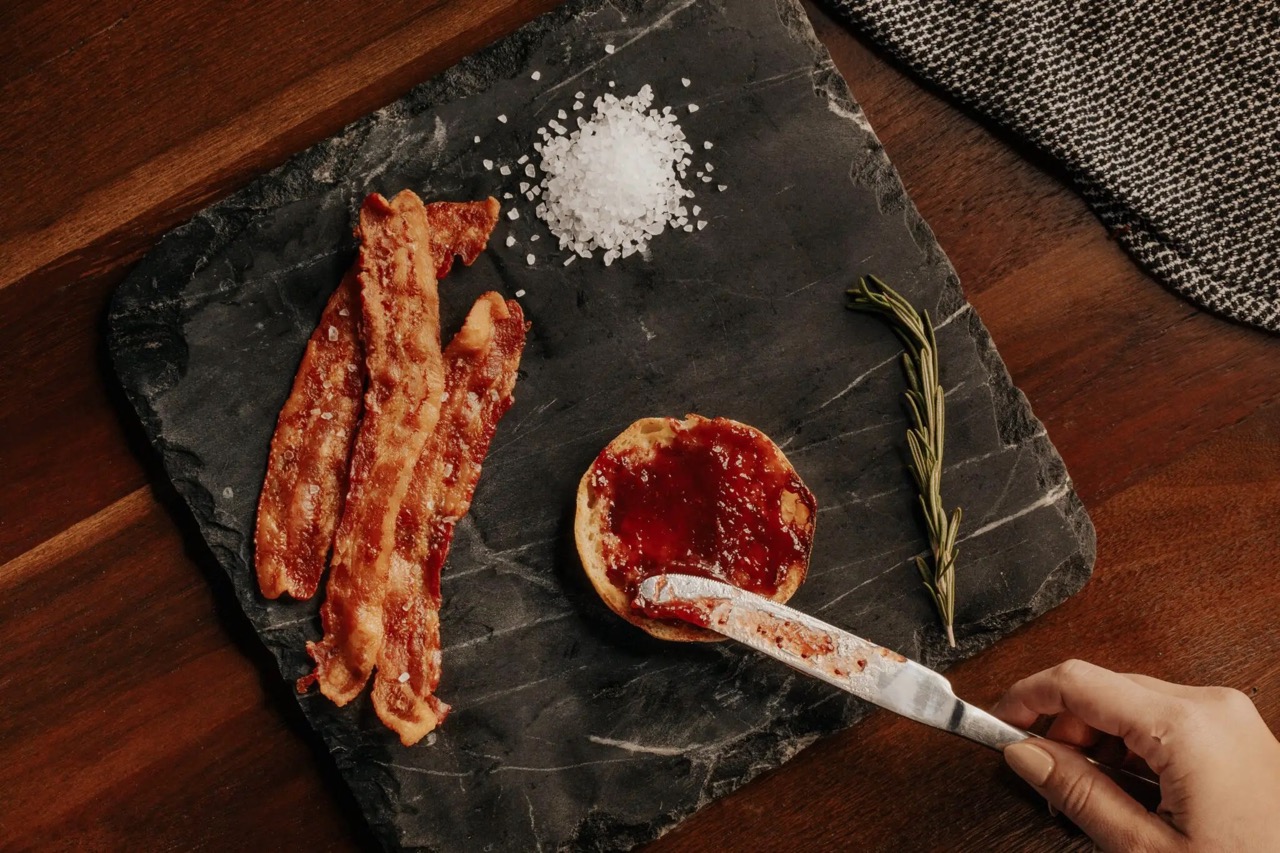
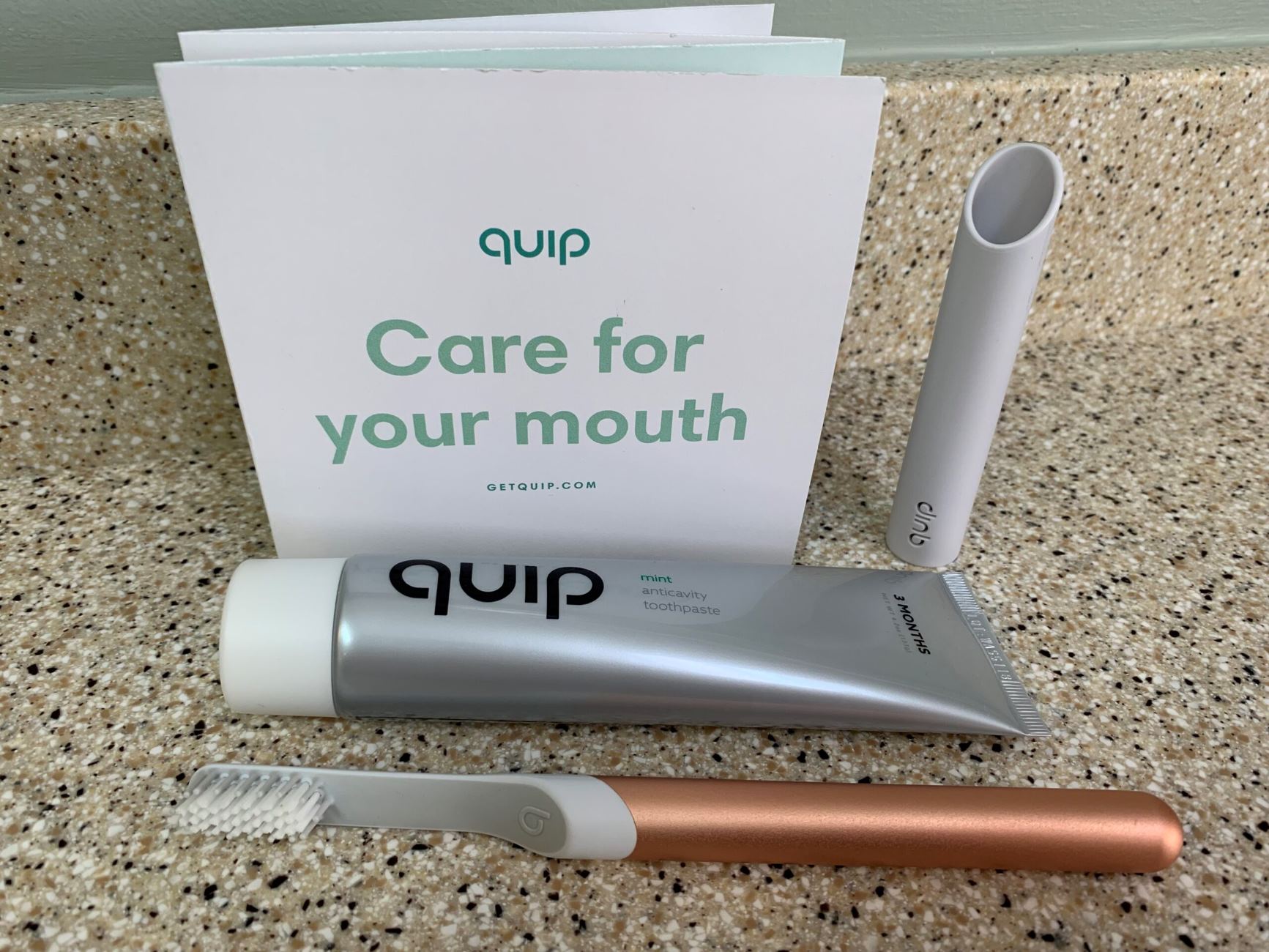
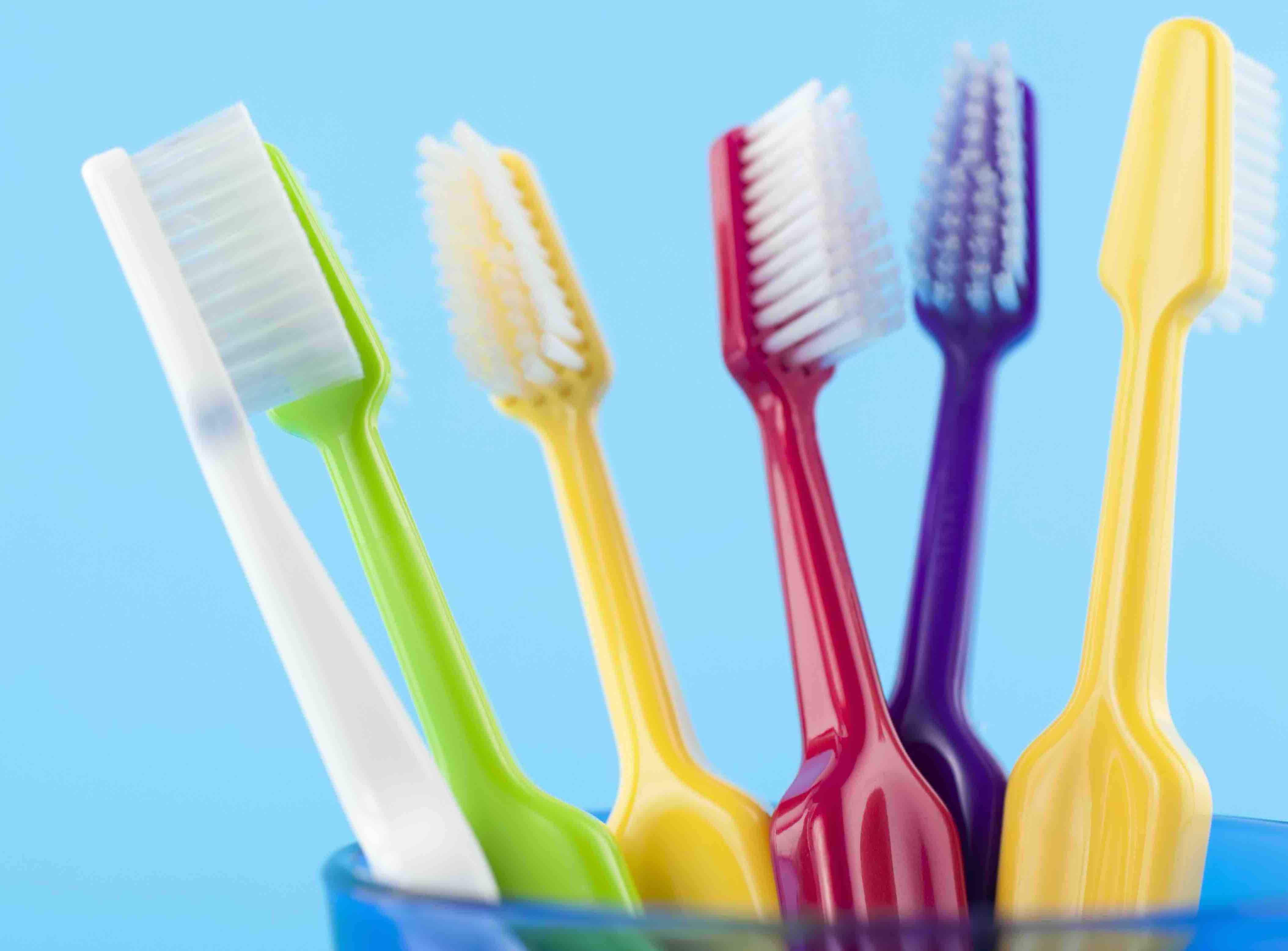
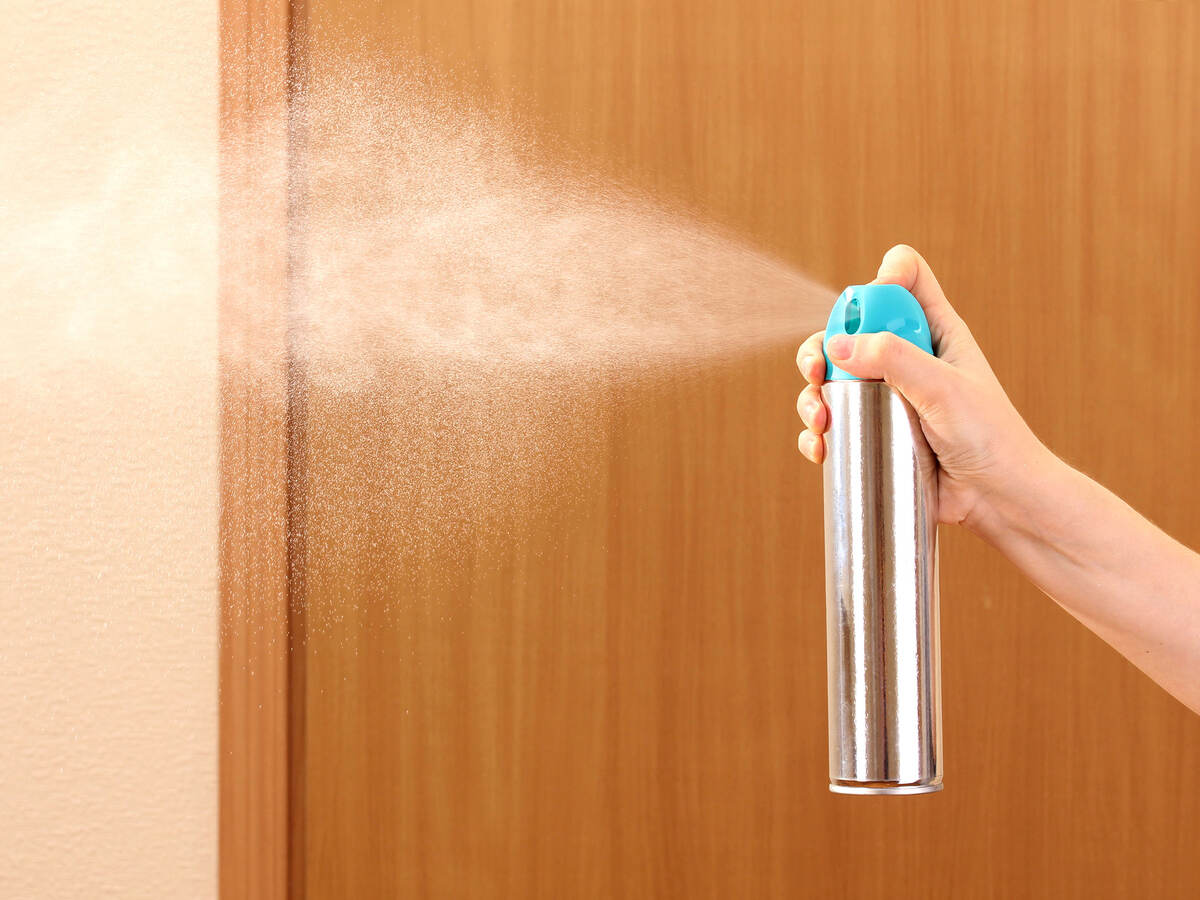
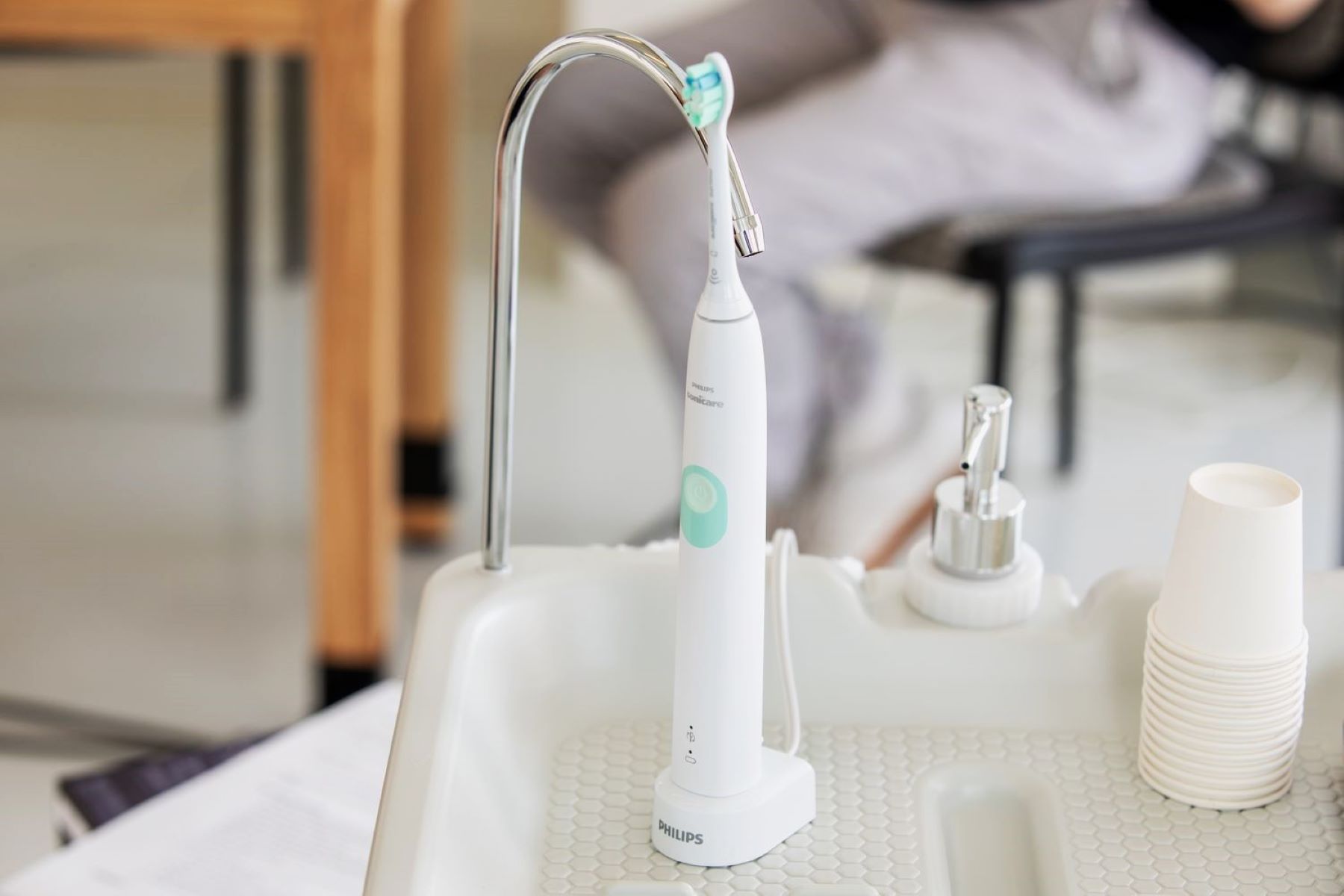
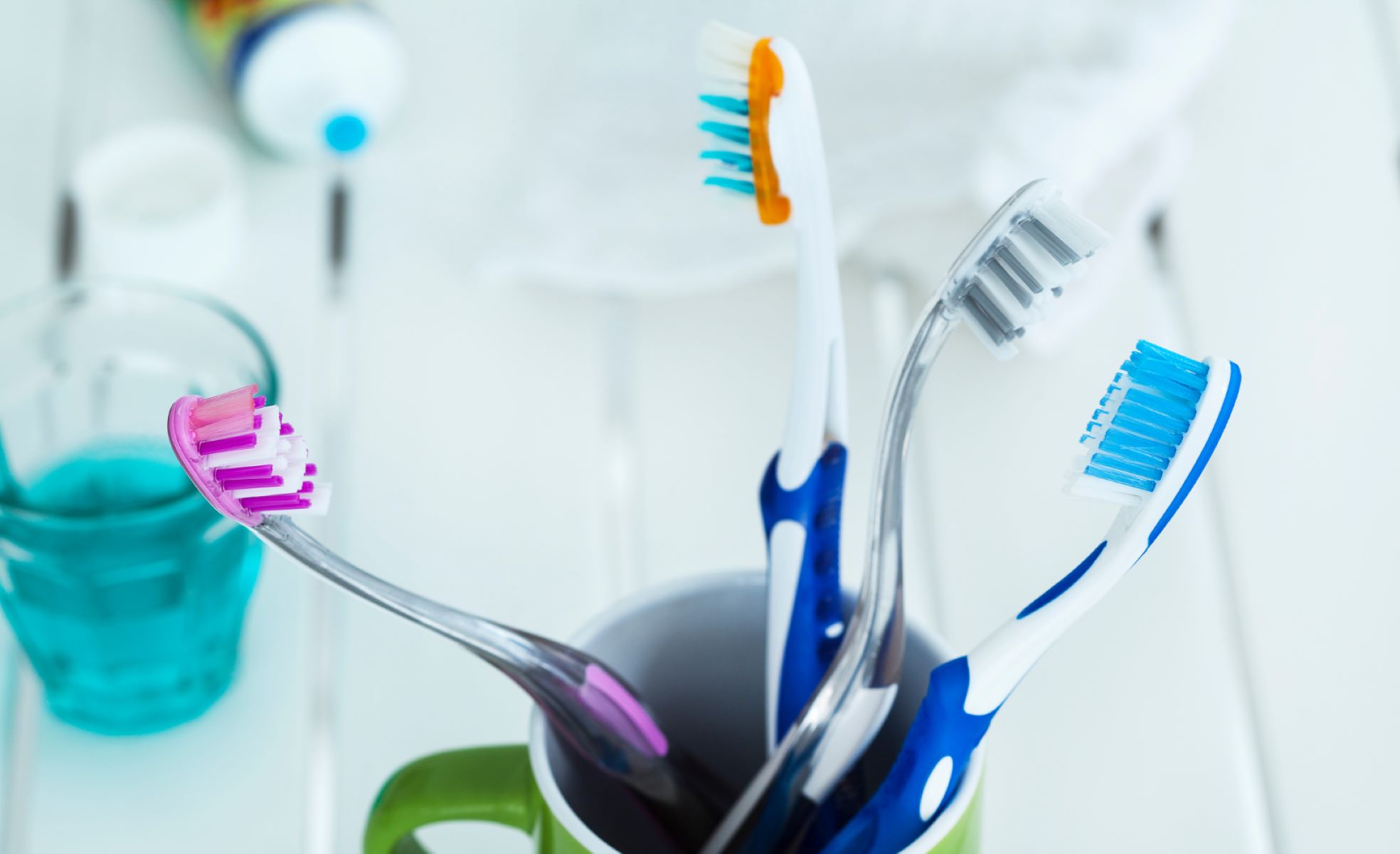

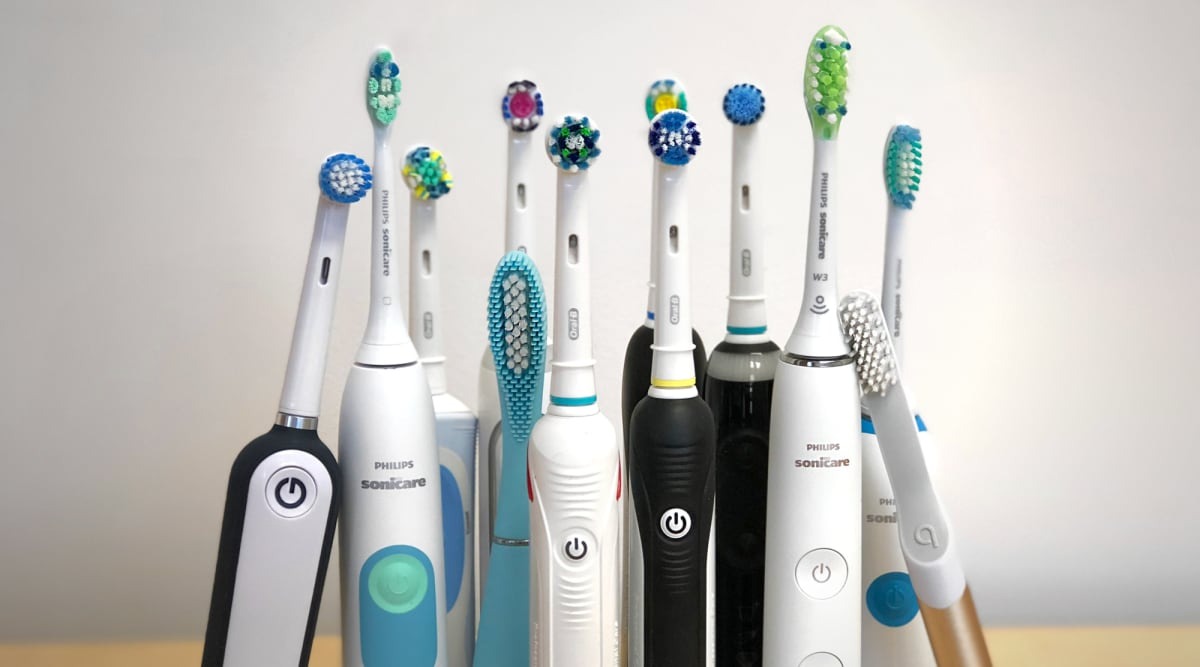

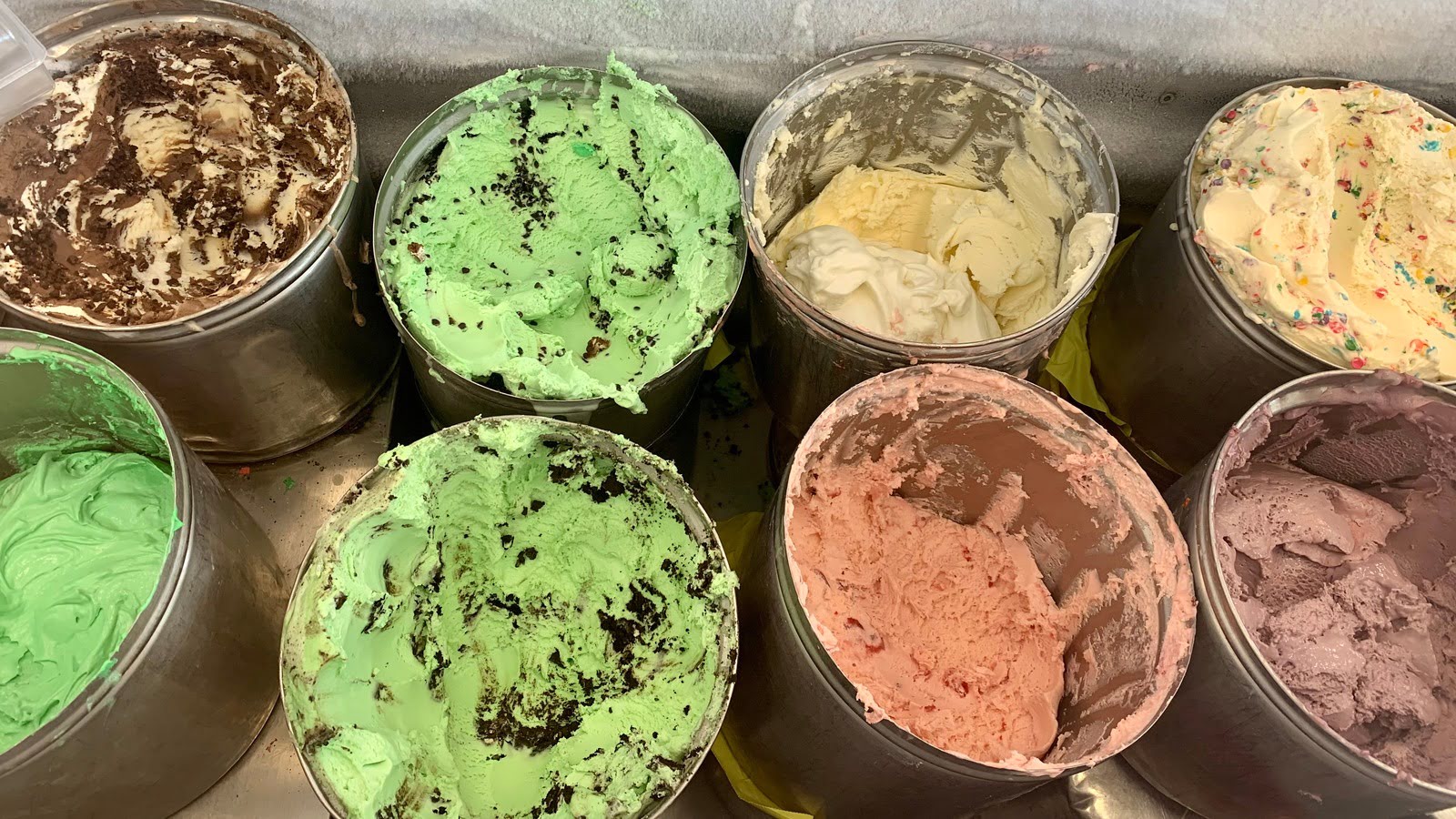
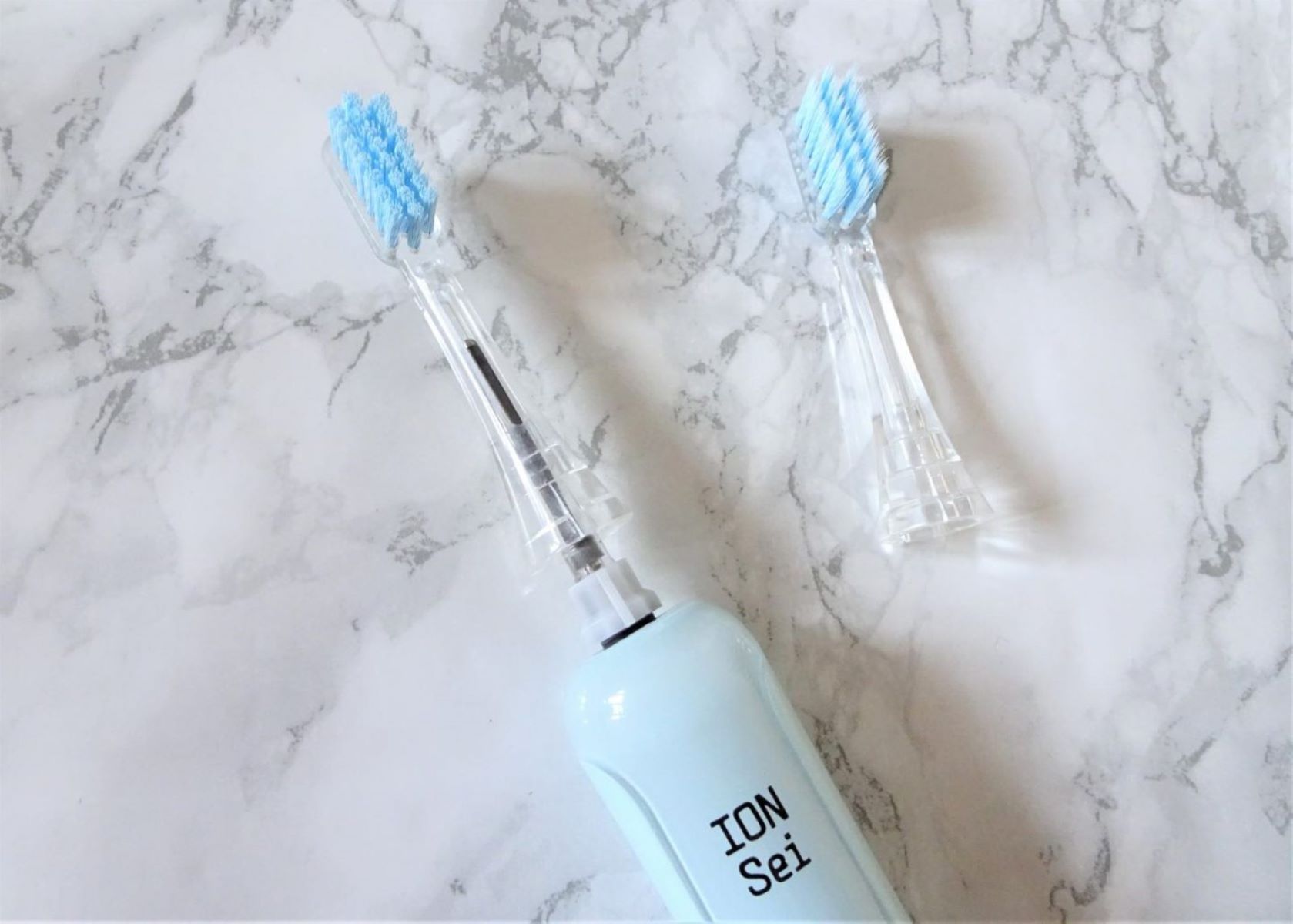
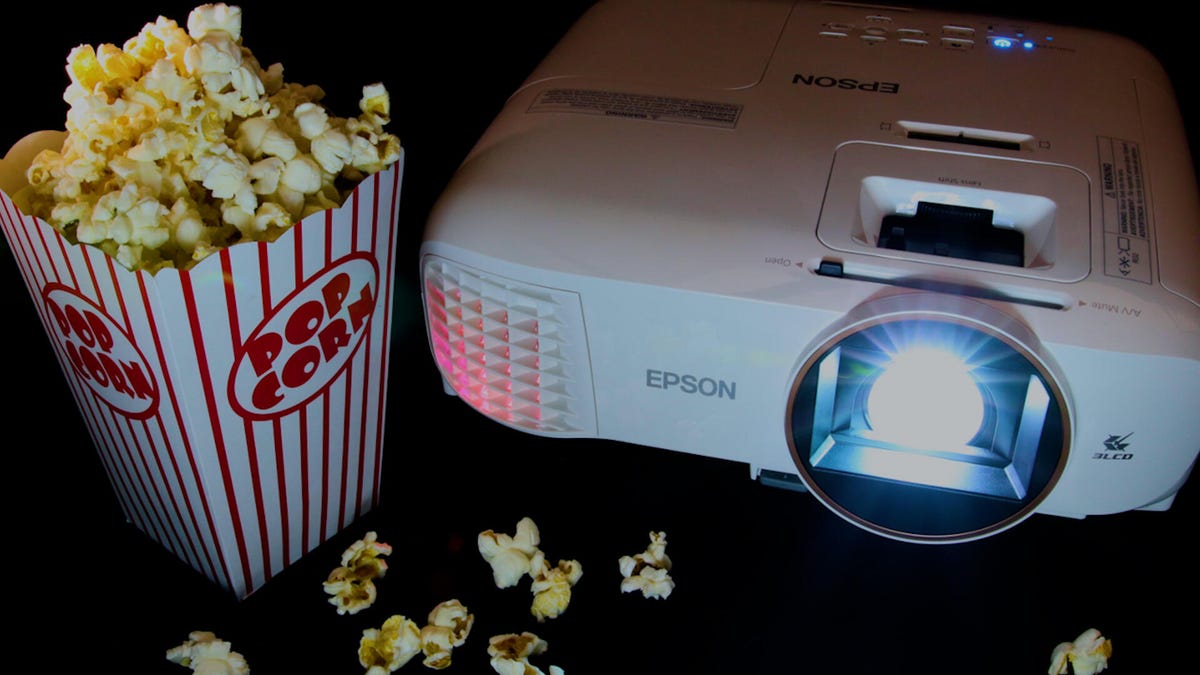

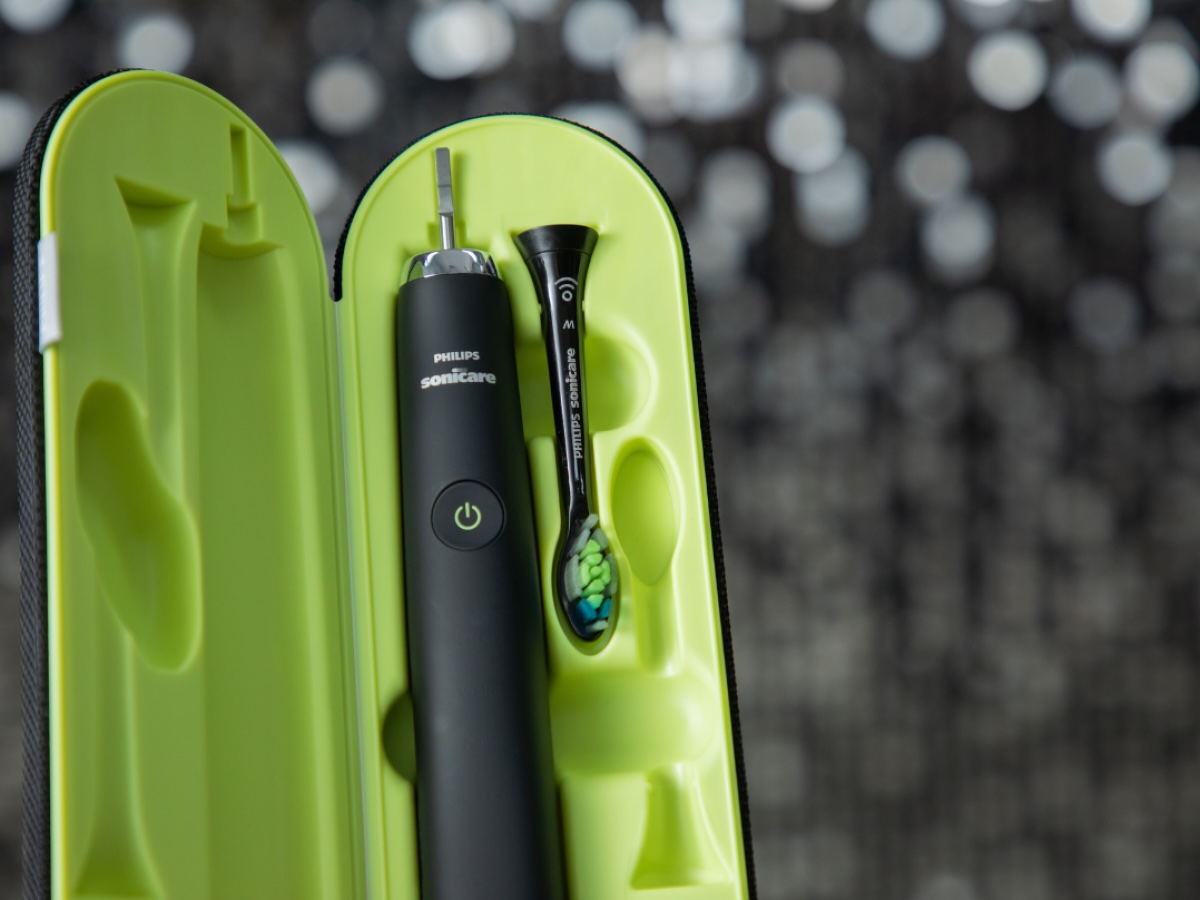

0 thoughts on “How Long Does Dna Stay On A Toothbrush”